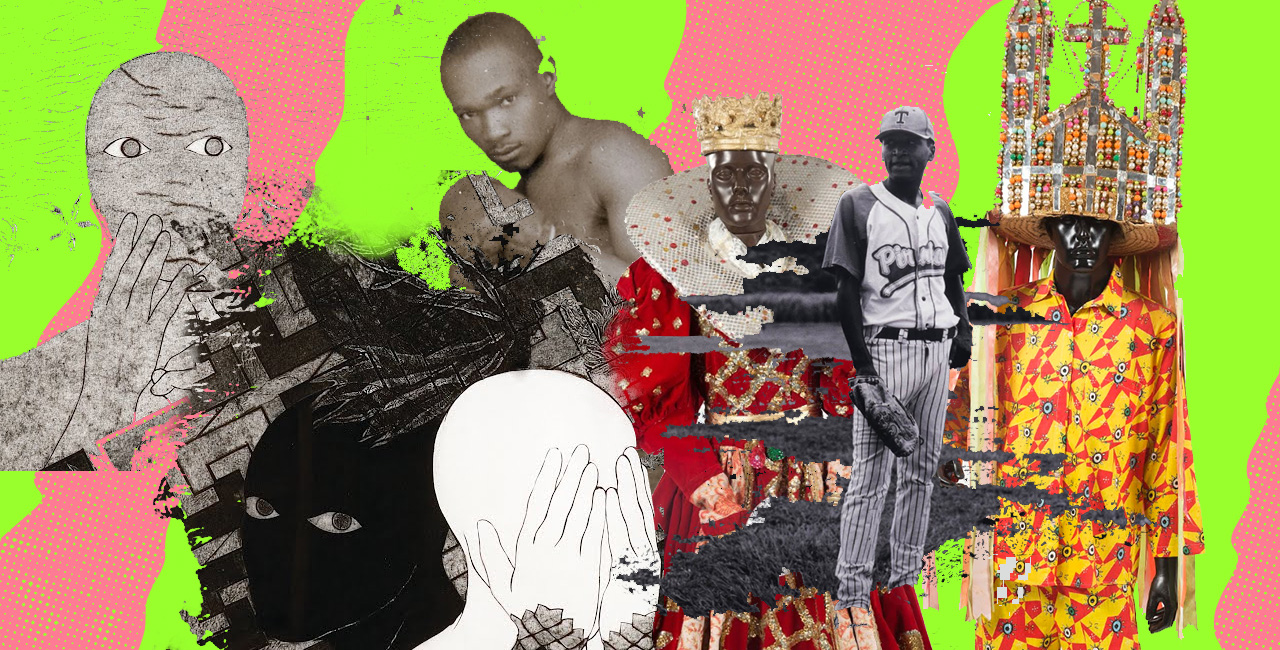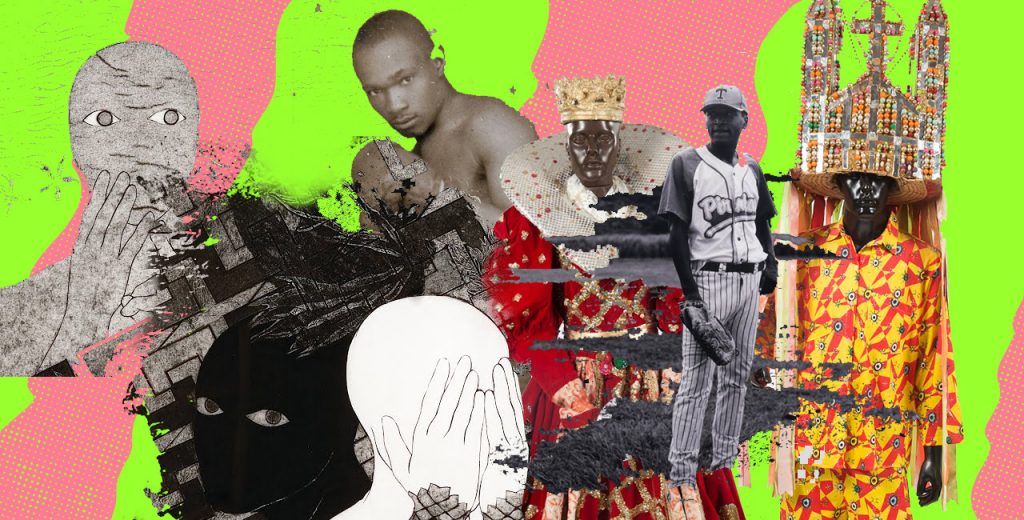The experiences of Afro Latinos are often disregarded across a variety of mediums, including TV and music. And at museums – institutions where the Latino population as a whole remains woefully underrepresented – it means these communities do not have access to their own histories. While there’s still plenty of work to do on that front, Google Arts & Culture – which provides virtual tours to museums across the world – is making it easier for anyone with an internet connection to access these much-needed stories.
Below, check out five virtual exhibits that celebrate African culture throughout Latin America.
1
Maracatu and the Alagoas Warrior: Afro-Brazilian Festivities
This Afro Brasil Museum exhibit look at the history of Afro-Brazilian festivities. “Created by the black population of Pernambuco, the ‘maracatu,’ with its ‘gonguê’ beat and distinctive ‘zabumba’ rhythm, accompanied by the high-pitched ‘cuíca,’ the ‘ganzá’ rattle and the playful, rhythmic movements of bodies, is one of the most colorful carnival festivals in Brazil,” the first slide of the exhibition reads. “Its origins date back to the coronation of the Black Kings.”
The exhibit includes close-up looks of traditional wear, videos, and a 360-degree view of Parque dos Lanceiros, the site of Brazil’s biggest Maracatu Rural festivity.
Check it out here.
2
Nuestras Historias: African Presence in Mexico
Since the 1910 Mexican Revolution, Mexico’s national identity has been defined by mestizaje – a term that recognizes mixed racial ancestry of the New World after colonization. But although Mexico’s African presence was considerable from the start of colonization, this “third root” is often excluded from classic views of mestizaje, which focus on indigenous and European ancestries. This National Museum of Mexican Art exhibit looks at the African Diaspora’s presence and importance in Mexico.
Check it out here.
3
José Bedia and Belkis Ayón: The Afro-Cuban Experience in Art from the Museum of Latin American Art
This exhibit features the work of contemporaries José Bedia and Belkis Ayón. Belkis’ work drew inspiration from Abakuá, an Afro-Cuban, all-male society with origins in Nigeria. José Bedia has focused on Santería and Palo Monte since the 1970s.
Check it out here.
4
Art, Adornment: Design and Technoogy in the Slavery Period
Societies were built on the backs of enslaved Africans, and this exhibit makes that abundantly clear. “During the slavery period in Brazil, enslaved Africans and their descendants were the main [people] responsible for carrying out work that forms the basis of Brazilian society as it is today,” the exhibit reads. “Since the beginning, agriculture, livestock, and mining were strongly marked by the African hands and then by the Afro-Brazilian hands.”
Check out the exhibit here.
5
Mário Américo
This exhibit pays tribute to Mário Américo, a masseur who played an important role in Brazil’s soccer history. From 1950 to 1974, Mário, a former boxer, was a part of seven World Cups. Once he switched careers, he promised himself he’d become the best football masseur ever. This exhibit allows you to see how he worked toward this goal.
Check out the exhibit here.




